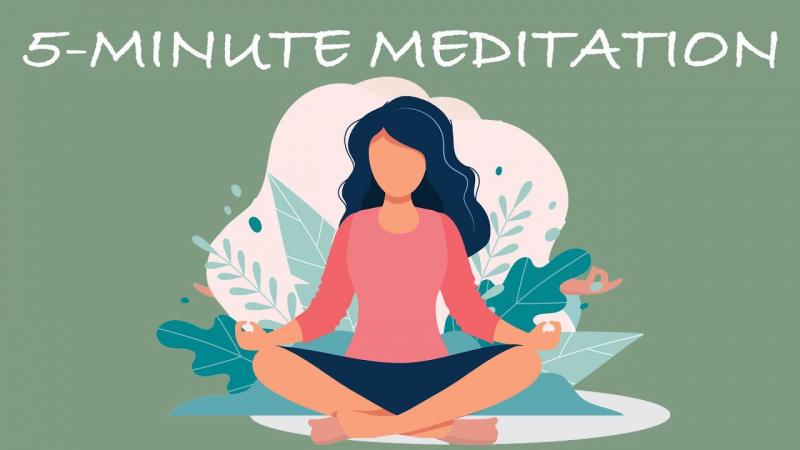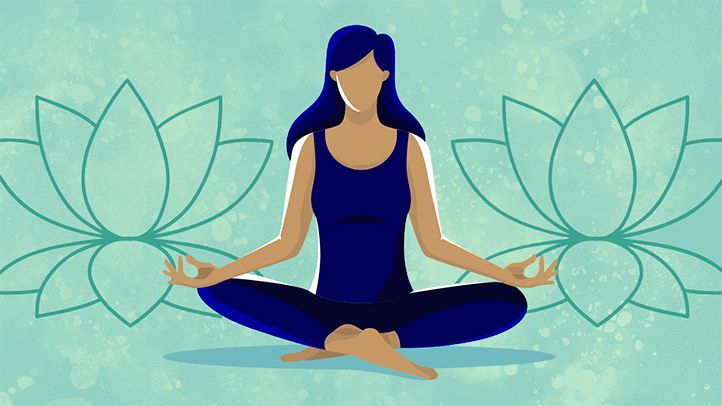Start Small
While regular meditation is a fantastic aim, you don't have to commit to 30 minutes (or more) every day. Three times a week, for five minutes. Beginners should start with five minutes of guided meditation three times a week, and gradually increase the minutes as meditation becomes a regular part of your routine, according to Bingham. You might not feel particularly mindful or peaceful at first. You might not be at all at ease. But that's all right. Make it a point to sit with your thoughts for five minutes every day. Be interested in them, but don't push it. "You'll eventually feel compelled to sit and meditate," Bingham says. Don't worry if you never have time to meditate for 30 minutes a day; even 10 or 15 minutes a day can help.
Use a timer to keep you from looking at the clock. You can increase one minute per day until you reach 30 minutes, or whatever time is long enough for your mind to begin to shift, each week. In terms of technique, I recommend giving each of these easy styles a week to discover which one works best for you:
- Pay attention to your breathing. While meditating, simply concentrate on your breathing. "Breathing in, breathing out" could be repeated in time with your in-and-out breath. This concentration technique teaches you how to concentrate on a single point.
- Simply take a seat. This Buddhist practice entails sitting quietly for a set amount of time and watching what comes and goes in the mind without attempting to control it.
- Examine your entire body. This technique is based on the Vipassana tradition of observing bodily sensations. "Itch in the nose," says the narrator. "I have cold hands." Sensations, like thoughts, come and go.









